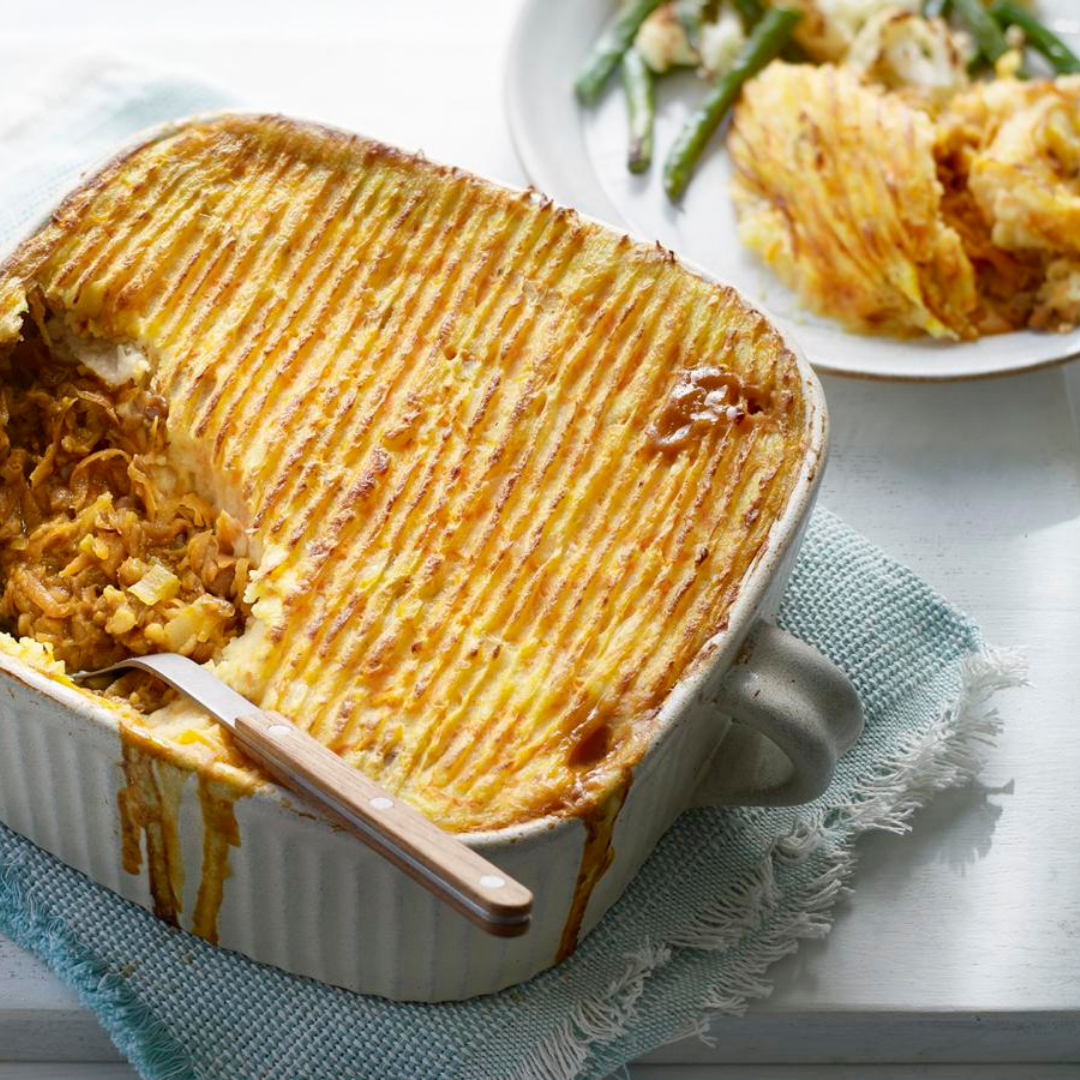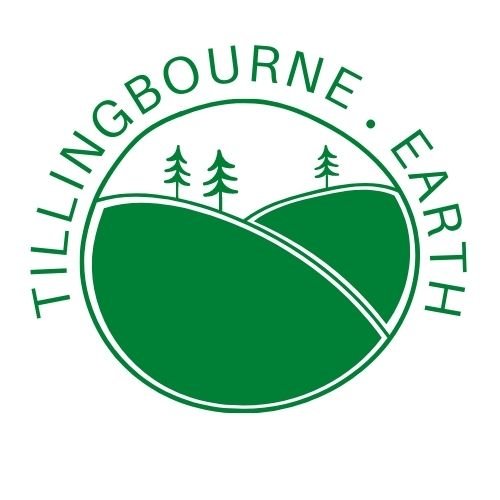
A Plant Rich Diet
How can a plant rich diet help fight climate change?
Consumption of meat and dairy, as well as overall calories, often exceeds nutritional recommendations. Reducing these and favouring plant rich foods reduces demand, thereby reducing land clearing, fertilizer use, burping cattle, and greenhouse gas emissions.
In fact, along with reducing food waste, a plant rich diet is one of the top 5 things we can each do to impact climate change.
What is the impact of eating meat?
According to research published in Nature Food, 35% of all global greenhouse gas emissions are attributable to food production, "of which 57% corresponds to the production of animal-based food," including livestock feed.
Beef production—which according to the study contributes 25% of all food-based greenhouse gas emissions—is by far the biggest culprit, followed by cow's milk, pork, and chicken. Among plant-based foods, rice production is responsible for 12% of food-based emissions.
The publication notes that the provision of adequate grazing land and food for livestock fuels deforestation, while the animals also produce tremendous quantities of methane, a greenhouse gas found to be up to 87 times more potent than carbon dioxide over a 20-year period.
Article by Brett Wilkins
September 13, 2021
Want to incorporate more plants and not sure how?
Below we share some great family recipes which are easy to produce at home and other resources for getting started.
Easy family favourites
Making plant rich meals part of your weekly menu has never been easier. Plus, if you are always short on time, choose from the range of plant based meat alternatives in your local supermarket to recreate your family favourites. Here, we share some ours.
-

Sausage & Mash
replace your usual sausages for a plant-based option.
make your mash in the usual way.
replace baked beans with green beans, broccoli, peas or kale.
serve with your favourite gravy.
Or you can take it up a level with this recipe from Waitrose.
-

Lentil Cottage Pie
substitute 500gms of mince with 150g of dried, uncooked lentils.
soften onion, celery, carrot and garlic with rosemary and thyme.
add lentils, stock, tinned tomatoes and cook on a medium heat for 15 mins.
top with mash and bake for 35 mins until golden brown.
Why not take it up a level with this recipe from BBC Good Food.
-

Quorn 'Chicken' Pie
No need to make your own pastry. For ease just use Jus Rol shortcrust pasty block or ready rolled pastry.
The pie filling can be anything you like, quorn pieces with leek and carrot, or mushrooms.
If you make extra filling, you can freeze this for a pie another day.
This great receipt from the Easy Peasy Foodie is a great one for learning the basics.
-

Easy Beetroot Falafel
You can buy falafel mixes in your local supermarket. Simply mix with hot water and bake them in the oven (just as you would for shop bought stuffing).
Serve with warm pitta bread., hummus, salad and mayonnaise.
For a little more colour you can make your own too. Like these Beetroot Falafel by eatloveeats.
Send us yours!
If you have a go-to plant-based meal that you and your family love, let us share it with the community. Drop us an email here with your recipe and a picture and we will share it.
FAQs
Is eating plant-rich more expensive?
Eating pre-prepared ready meals and buying some meat alternatives can be expensive, but generally plant-based meals are less expensive than meat-based meals. Ingredients such as lentils, beans, pasta and rice are nutrient dense, make bigger portions and feed bigger families for less.
“I could never be vegan, I love the taste of meat too much.”
Just try some of the new meat alternatives, you will be pleasantly surprised.
In the last few years the alt-meats market has exploded. In fact, some of the plant based meats available in your local supermarket are so convincing that many die-hard meat eaters can’t even tell the difference.
If the idea of going 100 percent meat-free seems too much for you, remember you can still make a big difference by cutting out meat twice or three times a week.
What about protein?
Lentils and beans are among the richest sources of plant-based protein you can eat, making them an excellent substitute for mince.
Protein rich foods also include sweet potato, spinach, kale, cauliflower, chia seed and avocado.
What would happen to all the animals if we stopped eating them?
Wildlife populations would surge. A smaller human dietary footprint would free up land and create more habitats.
Domesticated cattle and chickens are not suited to a life in the wild, so in a more plant-based world, their numbers would decline. Given that most of these animals suffer on factory farms, it’s no bad thing if their numbers were to decline.
As fewer farmed animals are raised, much of the land that’s being used for pasture or to grow feed crops would revert to nature. A world with fewer farmed animals would be one with far more wildlife, as well as more quality habitat for animals currently threatened by human activities.
Do I need to be a good cook?
You do not need to to a professional chef to cook delicious, healthy and nutritious plant-based meals. Nor do you need a cupboard full of expensive ingredients. All your family favourites can be easily converted to plant-based version very easily.
Cows need to be milked, aren’t we just doing them a favour?
A cow only makes milk when she has given birth, just like humans and all other species of animal. When a cow gives birth her calf is taken away within a day or two. The calf gets a cheap replacement formula generally made from slaughterhouse plasma and vitamins.
In a few months, after the cow’s milk yields peak, she’ll be re-impregnated again to start the whole cycle all over.
Luckily, it’s never been easier to cut down on dairy. Excellent plant milks, yogurts and other dairy products are abundant and easy to find. Look out for the plant milks which are fortified with calcium and vitamins, so you need not worry about getting the right nutrition.
More Recipe Ideas
Sign up for latest news and updates on local initiatives, including the Green Cinema






